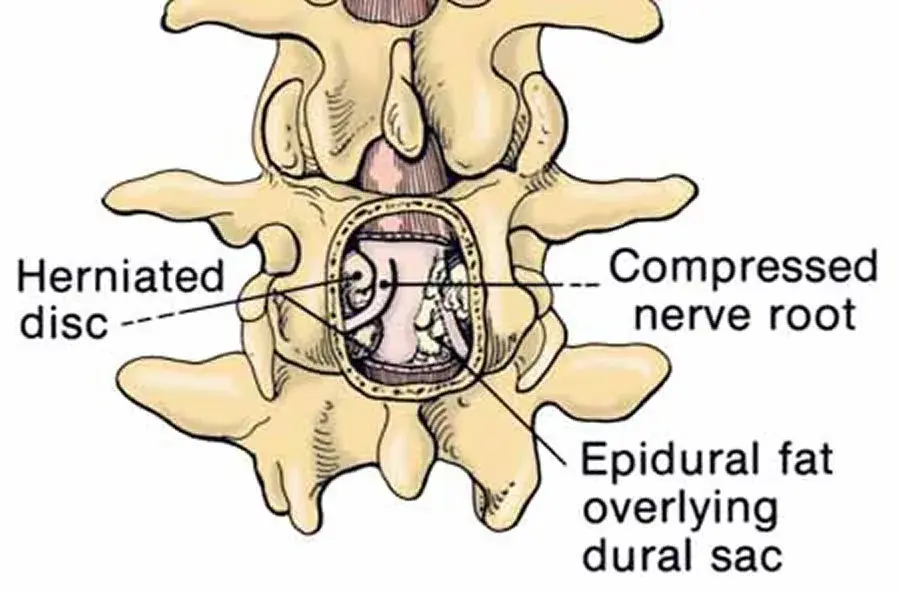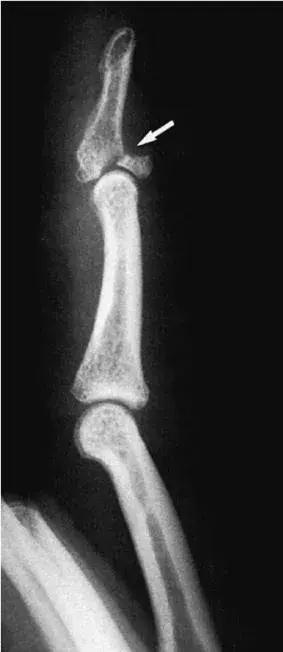#1 Missed Question in Peds Exam Prep This Week - Infant Gaze Fixation
Newborns show brief, reflexive fixation on faces at birth, but sustained social eye contact and prolonged face-fixing typically emerge by about 6–8 weeks (≈2 months).
The mother of a newborn asks you when her child will start staring at her mother's face and when the newborn will begin raising her head during tummy time. The most common age for these milestones is which of the following?
Answer Options:
- newborn
- 1 week
- 1 month
- 2 months
- 3 months
Newborn and 1 week are too early, as at this point infants have limited visual focus and head control. Two and three months correspond with more advanced motor skills. One month is the best answer, aligning with the expected timing for both eye contact and the initial head-lift during tummy time.
Why This Question Is Often Missed
– Confusion between reflexive versus voluntary behaviors: neonates have spontaneous head turns and brief fixation reflexes, but purposeful face-staring and voluntary head lifting don’t mature until around 1 month.– Overestimation of motor development: many assume gross motor milestones (like head control) emerge later (2–3 months), leading them to pick 2 months or 3 months instead of the true 1 month average.
What the Distractors Indicate
| Option | What It Tests / Implies | Why It’s Wrong Here |
|---|---|---|
| newborn | Reliance on primitive visual reflexes and Moro responses | Newborns focus best at 8–12 inches but lack sustained, purposeful gaze and voluntary head lift. |
| 1 week | Rapid early development of visual and motor control | At 1 week, infants still display largely reflexive movements; purposeful lifting and face fixation haven’t yet consolidated. |
| 2 months | Emergence of stronger head control and social engagement | By 2 months infants can lift chest during tummy time and track objects, but face-staring and initial head lift occur earlier. |
| 3 months | Advanced motor skills and interactive social smile | This is past the average—by 3 months most babies have sustained head control and social smiling well established. |
High-Yield Pearl
Infants typically begin purposeful face fixation and can lift their head 45° during tummy time at 1 month of age.
Core Learning Objectives - Infant Visual Development
- Describe the age norms for the emergence of purposeful visual social engagement (face fixation) in infants.
- Outline the timeline for gross motor head control milestones during prone positioning (“tummy time”).
The “Test Trick” at Play
This item pits reflexive responses (present at birth) against voluntary milestone achievements. Test writers often include earlier reflex-based options (newborn, 1 week) and later advanced skills (2–3 months) to lure examinees who either over- or under-estimate the true 1-month average.
Additional Pediatric Practice Questions and Remediation
Pediatric Prep Practice Question 1
A 5-week-old infant is placed prone during well-child check. The mother notes her baby can briefly lift and hold the head at a 45° angle. At what age is this expected to emerge?
A. Newborn
B. 1 week
C. 1 month
D. 2 months
Answer and Remediation
- If you chose C: Correct response! By 1 month, infants develop sufficient neck flexor strength to lift the head to about 45° during tummy time.
- If you chose any incorrect option: Review:
- A (Newborn): Neonates lack voluntary neck control—head lifting at birth is reflexive and brief.
- B (1 week): True head control is not yet integrated; reflexive movements predominate.
- D (2 months): By 2 months most infants can lift their chest, not just the head; this option overshoots the initial milestone.
Pediatric Prep Practice Question 2
During a 6-week developmental screening, a parent asks when her baby will start to “stare” at faces. The pediatrician replies that sustained face fixation typically appears at approximately:
A. Birth
B. 1 week
C. 1 month
D. 3 months
Answer and Remediation
- If you chose C: Correct response! At around 1 month, infants reliably fixate on human faces for several seconds.
- If you chose any incorrect option: Review:
- A (Birth): Neonatal gaze preference is reflexive and fleeting, not sustained.
- B (1 week): Fixation is still inconsistent and driven by reflexes.
- D (3 months): Social smiling and interactive gaze are robust by this age—too late for the initial fixation milestone.
Pediatric Prep Practice Question 3
During a well-baby checkup, a parent asks when she should expect her infant to begin making cooing sounds. The most common age for this developmental milestone is which of the following?
Answer and Remediation
-
Option 1 (newborn) and Option 2 (1 month): too early; vocalizations are limited to crying and reflexive sounds.
-
Option 3 (2 months): correct—cooing is expected as the first intentional vocal milestone.
-
Option 4 (4 months): marks the onset of babbling, with consonant-like sounds.
Mini Case Discussion Prompt
Discuss how factors such as premature birth, prenatal exposures, or individual temperament might shift the timing of face fixation and head-lifting milestones, and how you would counsel parents when variation occurs.
This question appears in Med-Challenger Pediatric Medicine Exam Review with CME
Try for free and save. Ace your exams and meet your CME/MOC requirements for just $35 a month!
No matter your program, no matter the size, Med-Challenger for Groups and Institutions can better prepare your program or group, fulfill industry requirements, and increase test scores.


/PEDS%20CHALLENGER.png?width=250&height=218&name=PEDS%20CHALLENGER.png)






